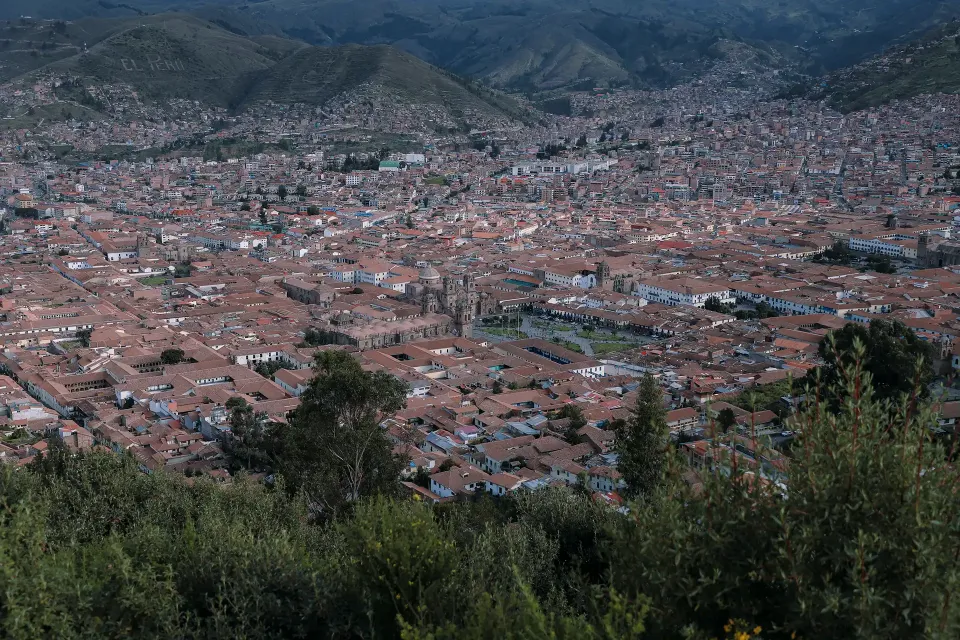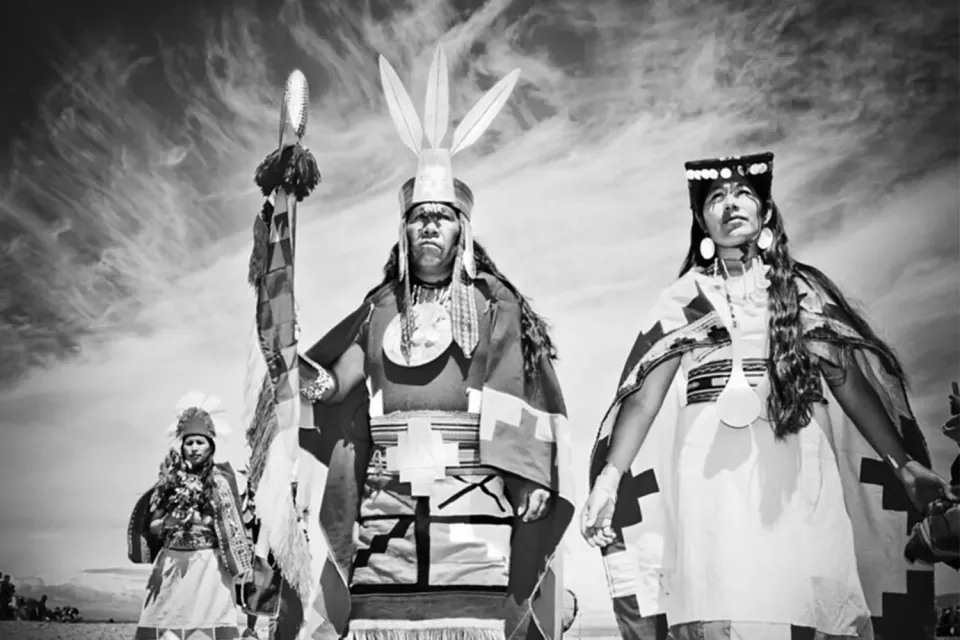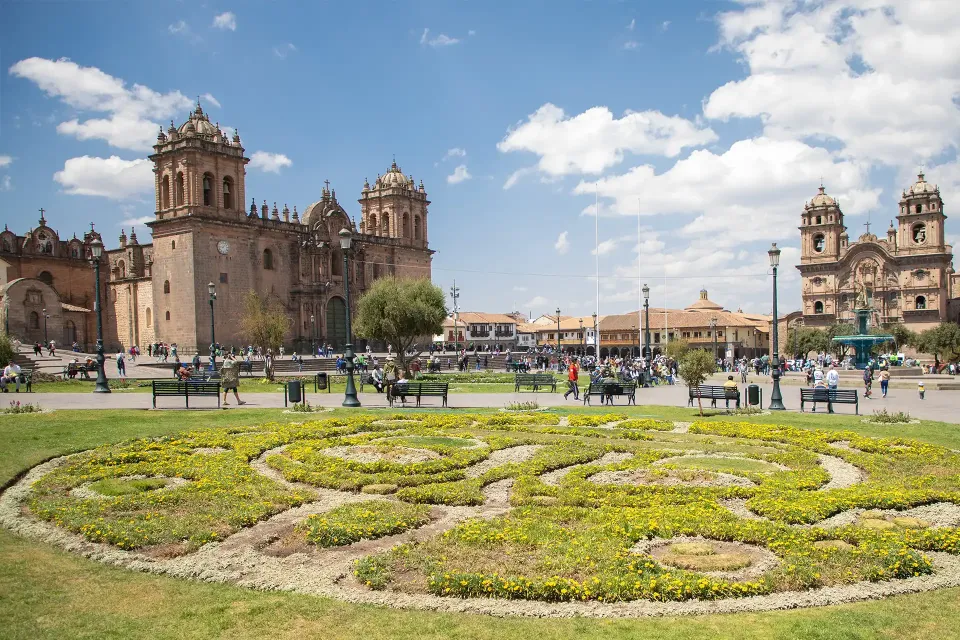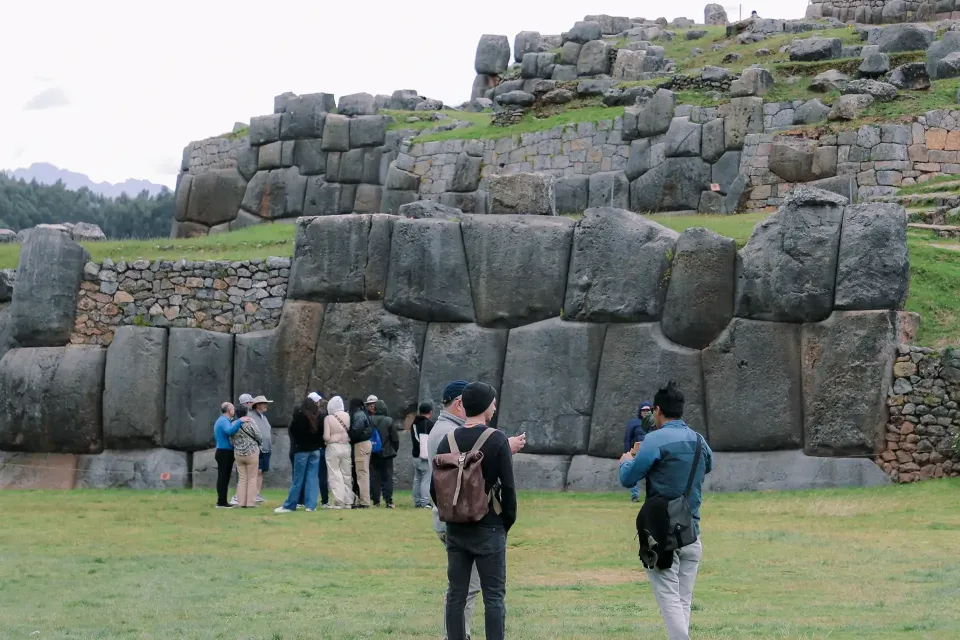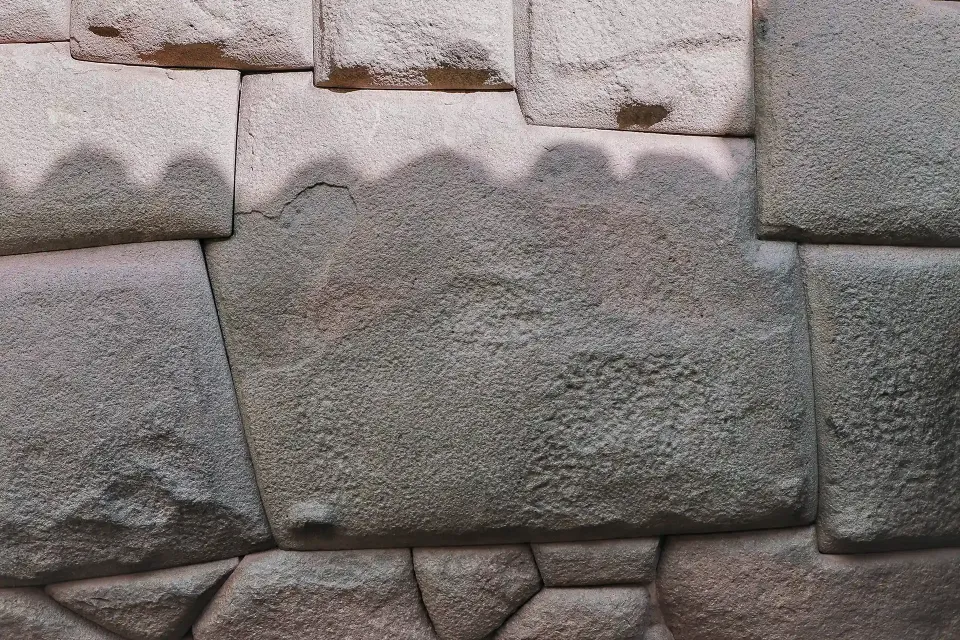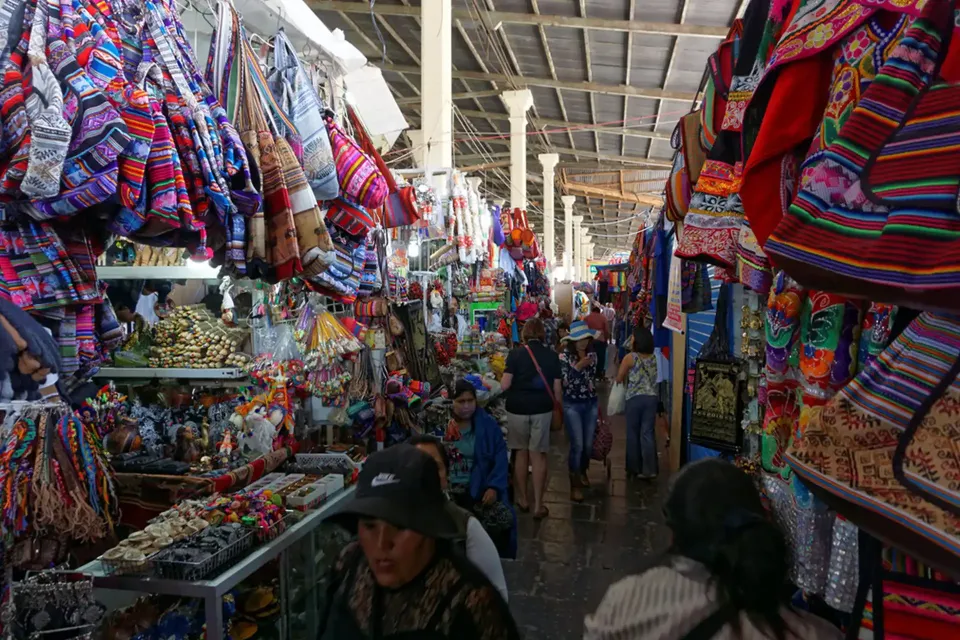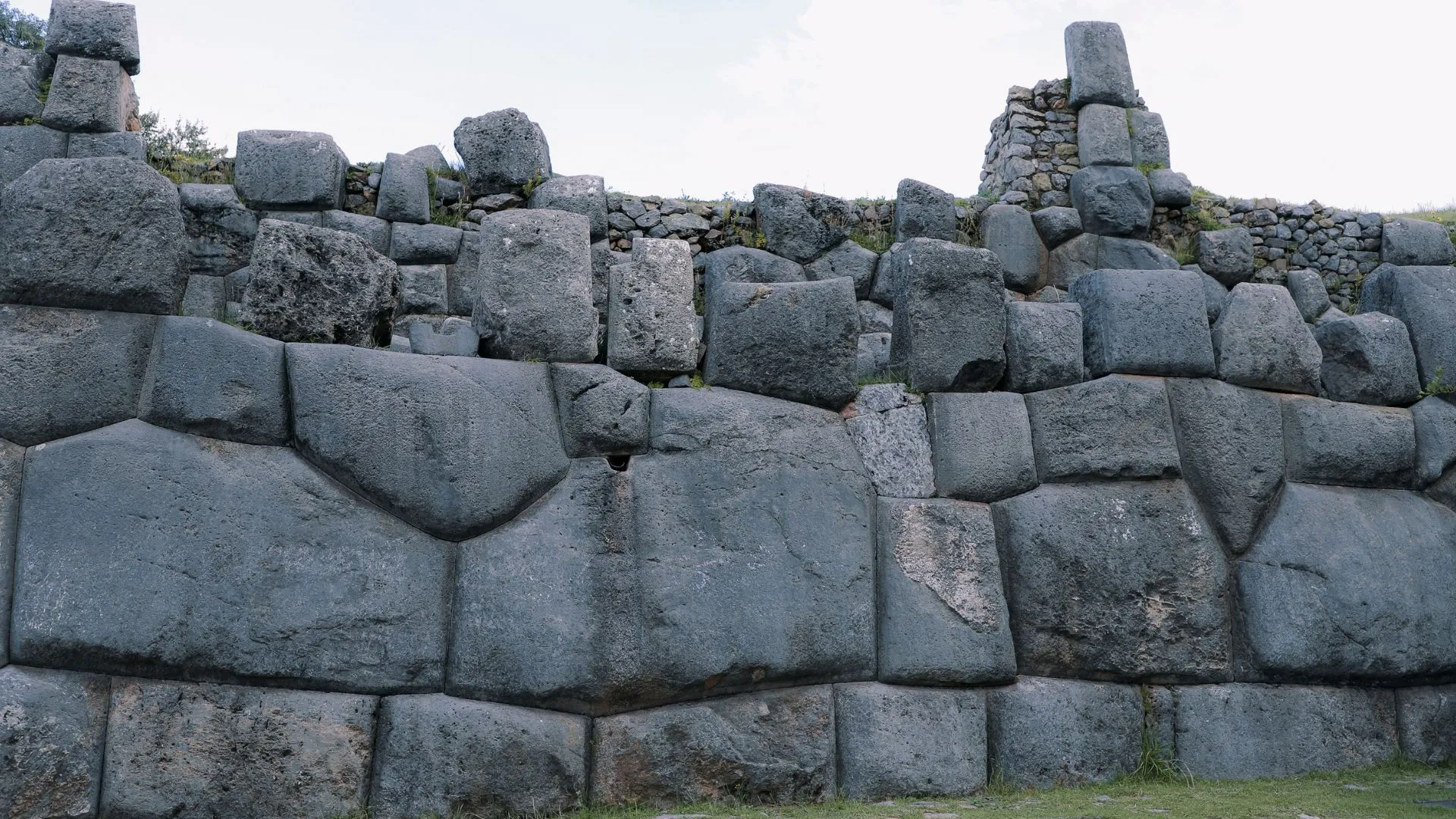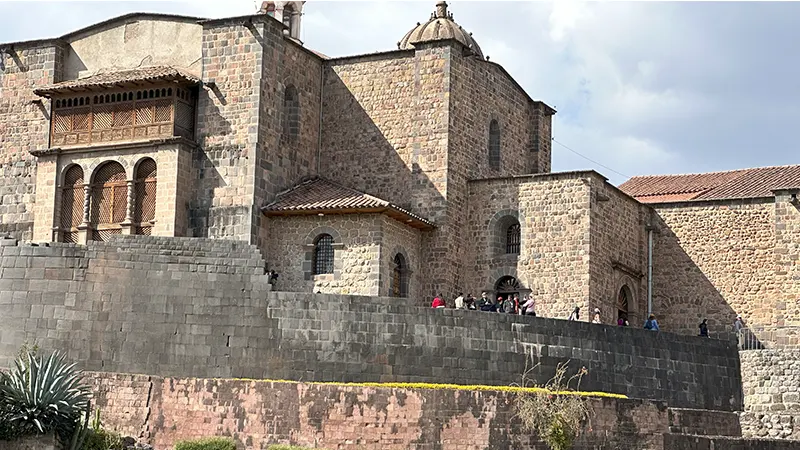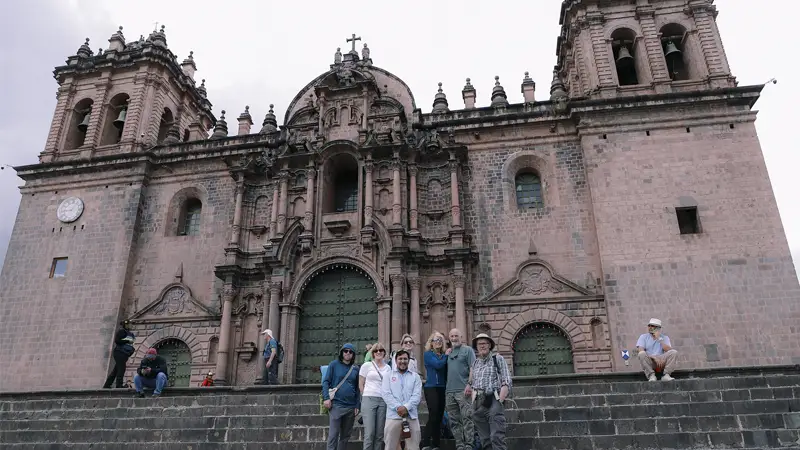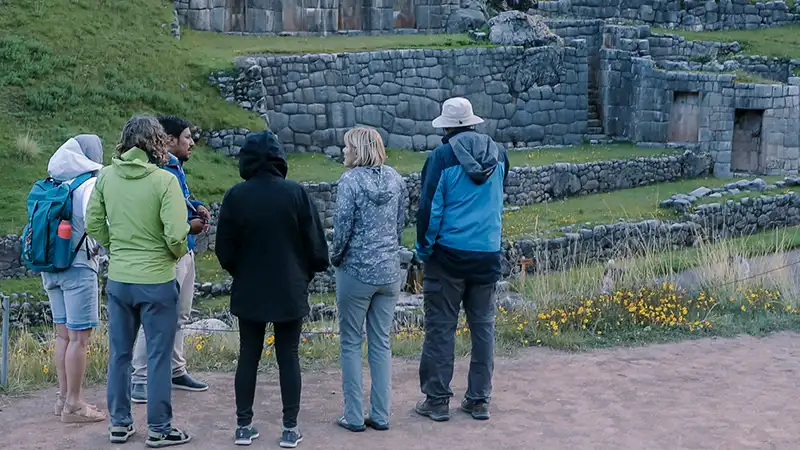If you're ready to discover why the Cusco city was named a UNESCO World Heritage Site, keep reading and start planning the trip that will change your perspective of the world.
Cusco, once called "the navel of the world" by the Incas, is now recognized as a cultural heritage of humanity. Its stunning architecture, rich history, and iconic landmarks like Machu Picchu, Sacsayhuamán, and the Sacred Valley make it a must-see destination.
History of the Inca Capital
The Beginning: A Fertile Valley
You’ll find Cusco in a valley once filled with a massive lake called Morkill. This fertile land attracted the first settlers, who thrived here. Archaeologists have found evidence of this ancient lake, which you can see at the Casa Garcilaso Museum.
Between 2000 BC and 500 AD, the valley became home to early human settlements. Groups like the Ayarmacas, Marcavalle, and Killke grew through farming. They lived in small communities, laying the foundation for Andean civilization.
The Incas and Cusco’s Foundation
Legend says Manco Cápac and Mama Ocllo founded Cusco after being sent by the sun god, Inti. Historians believe the city started in the 12th century under Manco Cápac’s leadership. Cusco became the capital of the Inca Empire.
In the 15th century, the Chancas attacked Cusco. The Incas, led by Pachacútec, defended the city and began to expand their empire. Pachacútec reshaped Cusco in the shape of a puma, symbolizing power.
The Spanish, led by Francisco Pizarro, arrived in Cusco in 1533. They destroyed Inca temples and built colonial churches. This marked the end of Inca rule and the start of colonial times.
In 1536, Manco Inca fought to reclaim Cusco. He surrounded the city with an army but couldn’t win. After months, he retreated to Vilcabamba, where he was betrayed and killed in 1545.
The Spanish conquerors soon fought each other for control of Cusco. In 1538, Francisco Pizarro defeated Diego de Almagro in the Battle of Las Salinas. Pizarro’s victory secured his rule over Peru.
The Fall of the Incas
After Manco Inca’s death, the last Inca leaders resisted in Vilcabamba until 1572. The Spanish captured Túpac Amaru I, the final Inca ruler, and executed him in Cusco. This ended the Inca state.
Centuries later, in 1780, Túpac Amaru II, a descendant of the Incas, led a rebellion against Spanish rule. He was captured and executed in 1781, but his fight inspired future independence movements.
The Earthquake in Cusco
A devastating earthquake hit Cusco on May 21, 1950. It destroyed homes, temples, and historical buildings. The city rebuilt, preserving its heritage while adapting to modern life.
Cusco Today
Today, Cusco is a vibrant mix of Inca and colonial history. It’s a UNESCO World Heritage Site and a gateway to Machu Picchu. You can explore ancient temples, colonial churches, and experience traditions that remain alive.
Main Attractions in Cusco City
Cusco is one of the top tourist spots in South America. It offers many attractions, from historic sites to snow-capped mountains and valleys nearby. Here are some places you should visit.
Plaza de Armas
The Plaza de Armas is Cusco's main square and a historic center of the Inca Empire. You’ll find the stunning cathedral and the Church of the Society of Jesus right in front of you. Around the plaza, there are craft shops, lodgings, restaurants, and bars. Many of the city’s most important ceremonies take place here. It’s a must-see spot full of history and culture.
Sacsayhuaman
Sacsayhuaman is an archaeological site and a National Cultural Heritage site. The Incas built it to keep watch over the city. They also celebrated the sun festival here, and today, you can see the Inti Raymi celebration every June 24.
You’ll be amazed by the massive stones fitted so perfectly to form walls, towers, and tunnels. It’s a place that shows the incredible skill of the Inca builders.
San Blas Neighborhood
San Blas is a traditional neighborhood filled with local artisans. You’ll find jewelry, alpaca clothing, carvings, sculptures, and paintings. Don’t miss the famous Stone of the Twelve Angles, a masterpiece from the 14th century.
In the neighborhood square, you can visit a colonial temple with a baroque-style wooden pulpit. It’s a great place to experience the creativity of Cusco.
San Pedro Market
San Pedro Market is a lively spot where locals and tourists come together. You’ll find crafts, souvenirs, and typical foods here. It’s a perfect place to explore Cusco’s rich culture.
The market is close to the Plaza de Armas. If you’re hungry, try one of the food stalls. The homemade dishes are delicious and affordable.
The Best Hiking Tours to Machu Picchu
Hiking to Machu Picchu lets you see the wonders of Inca history and nature. It’s a great choice if you are ready for an adventure and enjoy exploring. The mountains around Machu Picchu make the trip even more special. Several trails give you the chance to experience this.
- Classic Inca Trail Tour: This famous trail takes you from the Sacred Valley to Machu Picchu. You will enter through the Sun Gate, the original Inca entrance. Along the way, you’ll pass through the cloud forest and visit archaeological sites.
- Ultimate Salkantay Trek: The Salkantay Trek is a quieter and cheaper option. It begins in the Andes, near snow-capped mountains and lakes, and ends in the rainforest. You can also visit the Humantay Lagoon on this trail.
- Short Inca Trail: If you have less time, the Short Inca Trail lasts two days. It starts at kilometer 104 of the railway line and passes Wiñayhuayna before reaching Machu Picchu. This hike includes food, a guide, and lodging.
- Lares Trek: This four-day trek is perfect for seeing Andean valleys, rivers, and lakes. You’ll also meet local villagers and learn about their lives before arriving at Machu Picchu.
The Best Train Tours to Machu Picchu
If hiking isn’t your thing, you can take the train. Both Inca Rail and Peru Rail offer different options, from budget to luxury. On the way, you’ll see beautiful landscapes and learn about the Sacred Valley.
- 2-Day Machu Picchu Tour: This tour includes a train ride to Aguas Calientes. You can explore the town before visiting Machu Picchu at sunrise. The package includes a guide and a two-hour tour of the site.
- Sacred Valley and Machu Picchu Tour (2 Days): In two days, you’ll explore Pisac, Urubamba, and Ollantaytambo. Then, you’ll stay overnight in Aguas Calientes and visit Machu Picchu the next morning.
- Maras Moray and Machu Picchu Tour (2 Days): On the first day, you’ll visit Moray, Maras, and Ollantaytambo before heading to Aguas Calientes by train. On the second day, you’ll explore Machu Picchu and return to Cusco.
Day Trips Before Machu Picchu
Before visiting Machu Picchu, you can enjoy day trips around Cusco.
- Cusco City Tour: Visit the Cathedral, Sacsayhuamán, and Coricancha.
- Sacred Valley Tour: Explore Pisac, Chinchero, and Ollantaytambo in one day.
- Maras and Moray: See the circular terraces and salt mines in half a day.
Day Trips After Machu Picchu
After Machu Picchu, there’s more to see.
- Rainbow Mountain: Hike through colorful landscapes and meet local communities.
- Humantay Lake: Take a day trip to this stunning lagoon in the Andes.
- Q’eswachaka Bridge: Visit the last Inca rope bridge, rebuilt every year by locals.
These options let you explore Peru's history, culture, and natural beauty. You can plan your trip to match your interests and time.
What to Eat in Cusco
Cusco offers more than history and culture. It’s also a place where you can enjoy traditional Peruvian food. You’ll find dishes for every taste and budget. Here are some local dishes you should try:
- Chiri Uchu: A cold dish with guinea pig, chicken, chorizo, and vegetables.
- Baked Guinea Pig: A popular local delicacy.
- Chairo: A hearty soup with beef, lamb, and vegetables.
- Pork Cracklings (Cusco Style): Crispy and delicious.
- Fried Trout: A simple but tasty option.
- Corn with Cheese: A classic Peruvian snack.
- Pork Trotters: Another traditional dish to try.
Cusco’s Culture and Traditions
Cusco is full of traditions, dances, and festivals. These reflect a mix of Inca heritage and Spanish influence. Every part of Cusco offers something unique to visitors. Besides Machu Picchu, you’ll find festivals, crafts, and delicious food. Here are some of the most famous traditions and celebrations:
- Dances and Music: Cusco’s dances come from both the Inca period and the colonial era. You’ll see bright costumes and lively performances at festivals.
- Inti Raymi Festival: Inti Raymi celebrates the Sun God. This ancient Inca festival happens every June 24. It was revived in 1944 and continues to attract many visitors.
- Carnivals in Cusco: Cusco’s Carnival is full of fun. You’ll see colorful parades, hear lively music, and watch traditional dances. Locals and visitors join in games and street celebrations.
- Corpus Christi in Cusco: This festival mixes Inca and Catholic traditions. The Incas originally held it to honor the dead. Today, it includes Catholic processions where saints from various churches are brought to the Plaza de Armas.
- Worship of Pachamama: The people of Cusco still honor Pachamama, or Mother Earth. They hold ceremonies with offerings like coca leaves and wine to thank the earth for its gifts.
- Qoyllur Rit’i Pilgrimage: This pilgrimage takes place in Quispicanchi, near Cusco. Thousands of people gather at 4,800 meters above sea level. The event combines ancient Andean traditions with Christian celebrations.
Tips for Traveling to Cusco
How to Get to Cusco
If you're traveling from abroad, fly into Jorge Chávez International Airport in Lima. From Lima, you can take a one-hour flight to Cusco, landing at Teniente Alejandro Velasco Astete International Airport.
You can also travel by bus from Lima to Cusco. The bus trip takes between 17 and 22 hours, covering 1,117 kilometers. Buses arrive at a terminal about 15 minutes from Cusco's Historic Center.
Weather in Cusco
Cusco has two main seasons: dry and rainy.
- Dry Season (April to October): Days are sunny, with temperatures between 18°C and 20°C. Nights are cold and can drop to 0°C.
- Rainy Season (November to March): Mornings are clear, and rain usually falls in the afternoons and evenings. Daytime temperatures are around 18°C, while nights may drop below 0°C.
During the transition months, you might experience a mix of both climates.
Dealing with Altitude Sickness
Cusco's high altitude can cause altitude sickness, or "soroche." Symptoms include fatigue, headaches, and nausea. Severe cases may lead to breathing problems and confusion.
To avoid this, spend two or three days in Cusco to acclimatize before heading to higher altitudes. Avoid greasy foods and alcohol during this time.
How Hard Are the Hikes?
Cusco offers many hiking opportunities, including trails to Machu Picchu. To enjoy these hikes, you need to be in decent physical shape.
Some trails are moderate, while others are more challenging. Wear proper clothing, take your time, and prepare physically before starting your journey. Enjoy the scenery and make the most of the experience.

